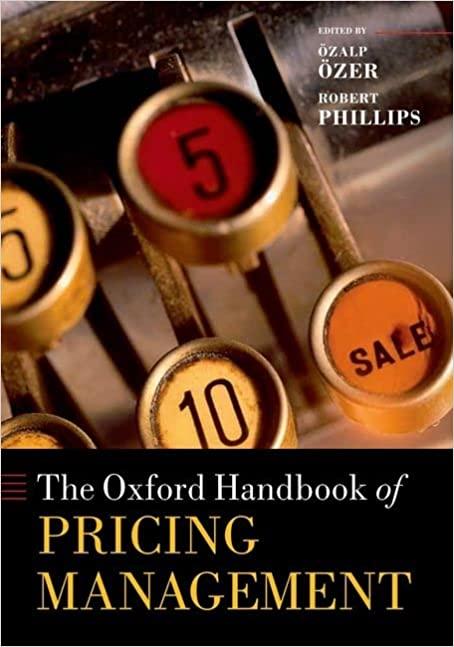Question 1. This question is based on a journal article that appeared in the New England Journal of Medicine: Gawande AA et al., "Risk factors for retained instruments and sponges after surgery." NEJM 2003;348:229235 Excerpt from the Background section of the paper: "One persistent but poorly understood error [in surgical practice] is leaving sponges or instruments inside patients who undergo surgery. Such incidents may result in major injury ... and are considered by many to be avoidable... The standards of the Association of Operating Room Nurses require that only sponges detectable on radiography be used and that they be counted once at the start and twice at the conclusion of all surgical procedures; that instruments be counted in all cases involving an open cavity; that if a count is incorrect then radiography or manual re-exploration is to be performed. We performed a case-control study to identify risk factors for retention of foreign bodies during surgery. Because these [errors] are avoidable and frequently injurious, many lead to malpractice claims and... most insurers encourage clinicians and hospitals to report them. Therefore, we used malpractice-insurance files from several institutions to identify cases." a. Write a hypothesis to describe what is being investigated in this study. (5 pts) a. Write a hypothesis to describe what is being investigated in this study. (5 pts) b. What is the exposure (independent variable) in your hypothesis? (4 pts) c. What is the outcome (dependent variable) in your hypothesis? (4 pts) d. Fill in the table cells for the proportion (\%) of control patients with each characteristic. ( 5 pts) e. What is the main advantage of comparing the proportions, rather than the number of cases and controls, for a particular characteristic? (4 pts) f. Using number and words describe the results from the table (e.g.; for each characteristic, compare the proportions of cases and controls to describe the associations between the characteristics and risk of having a retained surgical sponge or instrument). (4 pts) Question 1. This question is based on a journal article that appeared in the New England Journal of Medicine: Gawande AA et al., "Risk factors for retained instruments and sponges after surgery." NEJM 2003;348:229235 Excerpt from the Background section of the paper: "One persistent but poorly understood error [in surgical practice] is leaving sponges or instruments inside patients who undergo surgery. Such incidents may result in major injury ... and are considered by many to be avoidable... The standards of the Association of Operating Room Nurses require that only sponges detectable on radiography be used and that they be counted once at the start and twice at the conclusion of all surgical procedures; that instruments be counted in all cases involving an open cavity; that if a count is incorrect then radiography or manual re-exploration is to be performed. We performed a case-control study to identify risk factors for retention of foreign bodies during surgery. Because these [errors] are avoidable and frequently injurious, many lead to malpractice claims and... most insurers encourage clinicians and hospitals to report them. Therefore, we used malpractice-insurance files from several institutions to identify cases." a. Write a hypothesis to describe what is being investigated in this study. (5 pts) a. Write a hypothesis to describe what is being investigated in this study. (5 pts) b. What is the exposure (independent variable) in your hypothesis? (4 pts) c. What is the outcome (dependent variable) in your hypothesis? (4 pts) d. Fill in the table cells for the proportion (\%) of control patients with each characteristic. ( 5 pts) e. What is the main advantage of comparing the proportions, rather than the number of cases and controls, for a particular characteristic? (4 pts) f. Using number and words describe the results from the table (e.g.; for each characteristic, compare the proportions of cases and controls to describe the associations between the characteristics and risk of having a retained surgical sponge or instrument). (4 pts)









